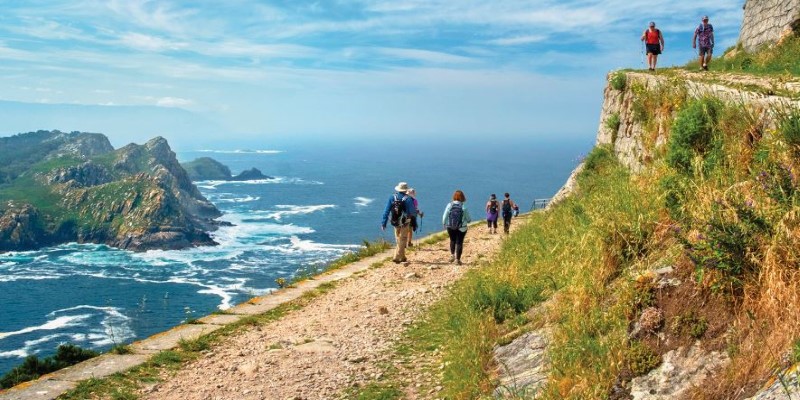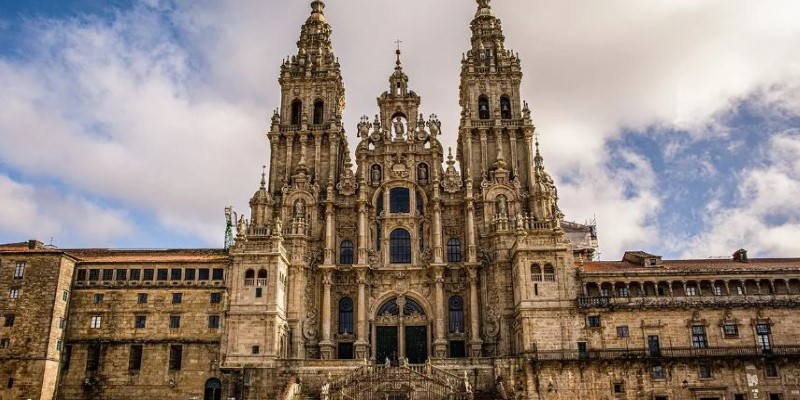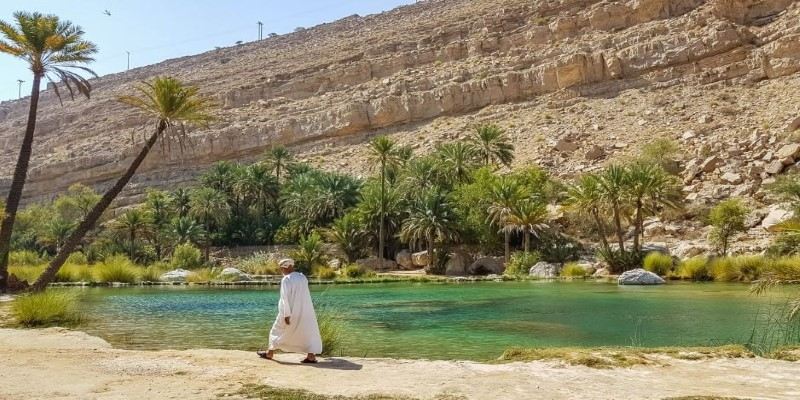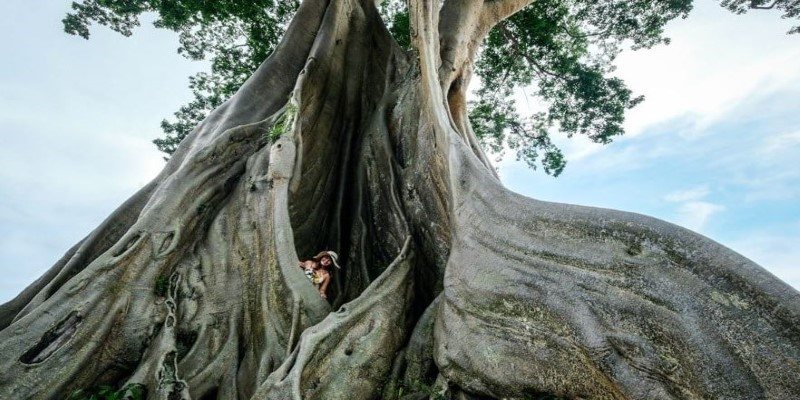There's a timeless allure to setting foot on the El Camino de Santiago. This ancient pilgrimage invites travellers from all walks of life to embark on a journey through physical landscapes and into the depths of personal discovery.
Whether you walk for spiritual revival, cultural immersion, or the sheer pleasure of just being a pilgrim, the Camino becomes what you want it to be. "Go your way" becomes an incredibly deep expression since no two walks on the path are ever the same. In this article, we will delve into why this pilgrimage is so special and how you can be one with its essence in your way.
The History and Spirit of the Camino
The El Camino de Santiago, also known as the Way of St. James, has a history dating back over a thousand years. It was during this medieval period that it took on a spiritual significance while going to the cathedral of Santiago de Compostela, which is said to hold the relics of Saint James. Through centuries, this pilgrimage evolved into a symbol of faith, unity, and perseverance, and millions of people from around the world come to the place through it.
However, Camino is much more important than its religious heritage. It's a personal journey that can be truly transformative. Though many people walk it for religious purposes, for others, it is an opportunity to get away from the speed of modern life and into simplicity. It also unites people, giving one a chance to connect and find meaningful relationships with pilgrims from different walks of life, all for one objective: to reach Santiago. The Camino is much more than the journey; it is also the shared experience one has along the journey in terms of a community transcending language, culture, or belief.
The Camino teaches the value of slowing down and connecting with the world around us. It is a path of reflection and renewal, encouraging pilgrims to step away from the noise of everyday life and find peace within themselves.
Choosing Your Route: The Freedom to Go Your Way
One of the most appealing aspects of the Camino de Santiago is the wide range of routes available to pilgrims, offering something for everyone. There's no single "correct" way to walk the Camino, and choosing your route is an essential part of shaping your journey. The most famous and widely travelled path is the Camino Francés, which spans about 800 kilometres from Saint-Jean-Pied-de-Port in France to Santiago de Compostela. Its popularity is due to the scenic beauty, the well-established infrastructure, and the vibrant pilgrim community that walks it each year. For first-time pilgrims, the Camino Francés is often the go-to option, offering a sense of camaraderie and support along the way.

For those who seek solitude and natural beauty, the Camino del Norte offers a more rugged and remote experience along Spain’s northern coastline. This route provides breathtaking views of the Atlantic Ocean and passes through quaint villages, making it a quieter, more introspective path.
Other routes, such as the Camino Portugués or Camino Inglés, provide alternatives for pilgrims looking for a shorter or less traditional experience. These routes offer unique cultural and historical experiences, with the flexibility to adjust your journey based on personal preferences. The freedom to choose your route allows you to tailor your Camino experience to suit your goals, whether for companionship, solitude, or spiritual reflection.
The Pilgrimage Experience: A Journey of Discovery
Walking the Camino is an exercise in embracing the present. Each day unfolds as a series of simple decisions—how far to walk, when to rest, and where to stay. The rhythm of walking becomes meditative, encouraging pilgrims to shed distractions and focus on the here and now.
The Camino is dotted with albergues (pilgrim hostels) that provide a communal atmosphere. These modest accommodations are more than a place to sleep; they are spaces for sharing stories, meals, and camaraderie. Strangers quickly become friends, united by the shared goal of reaching Santiago.
As a wayfarer, you'll pass through quaint villages, rolling hills, and historic landmarks, each offering its charm. You'll encounter symbols of the Camino, such as scallop shells and yellow arrows, guiding your way and reminding you that you’re part of a larger tradition.
But the true magic of the pilgrimage lies in its unpredictability. Rainy days might lead to unexpected laughter with fellow travellers. A small church along the way could inspire a moment of profound peace. Every step becomes a thread in the tapestry of your journey, weaving a story that's uniquely yours.
Santiago and Beyond: The End is a Beginning
Reaching the cathedral in Santiago de Compostela is a moment of triumph. Pilgrims often gather in the square, marvelling at the ornate façade and the culmination of their efforts. The Pilgrim’s Mass, held daily, celebrates the spiritual essence of the Camino and offers a moment of gratitude for the journey.

However, for many, the arrival in Santiago isn’t the end but a new beginning. Some continue their walk to Finisterre, known as the “End of the Earth,” where the Atlantic Ocean stretches endlessly before them. This extension symbolizes closure and renewal, a time to reflect on lessons learned and dreams discovered along the way.
The Camino doesn’t end when you stop walking. Its lessons—patience, perseverance, and the joy of simplicity—linger long after you return home. You carry its spirit with you, a reminder to approach life with the same openness and curiosity you embraced on the trail.
Conclusion
The El Camino de Santiago is more than just a path; it’s a journey of self-discovery. With its rich history and diverse routes, it offers an experience that’s as transformative as it is personal. Whether you walk for days or weeks, the Camino allows you to shape your adventure, meeting you where you are and guiding you at your own pace. Every step is an act of faith—in the journey, in the people you meet, and in yourself. It's not about where you start or finish but the way you embrace the road and make it uniquely yours.










